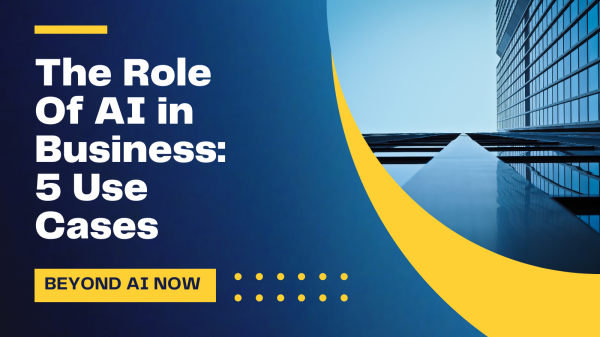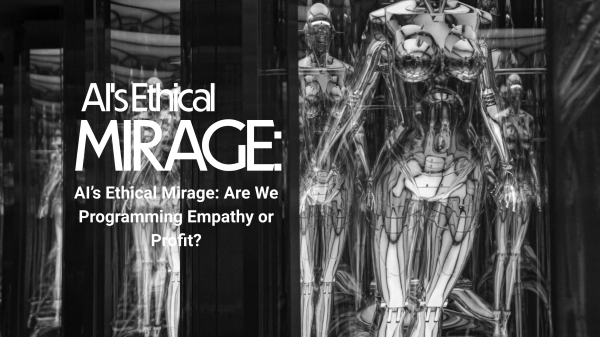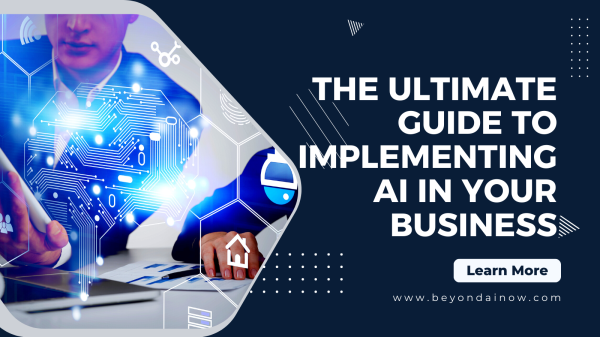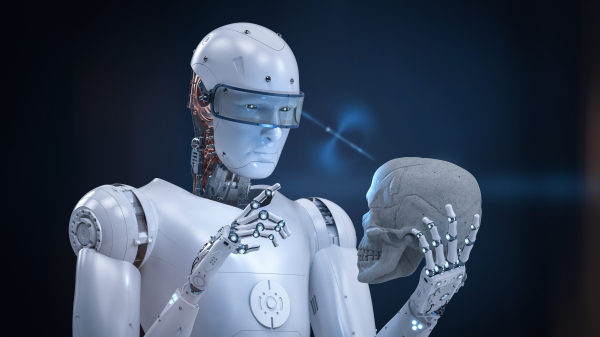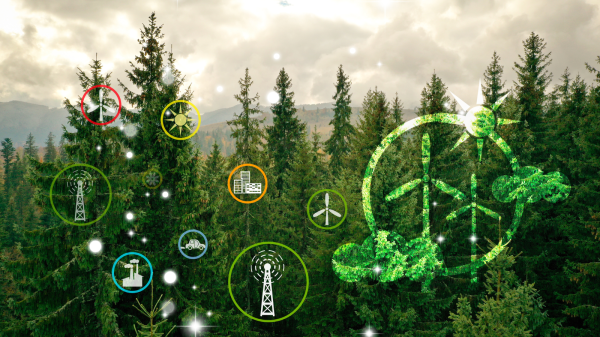Natural Language Processing (NLP) is a rapidly growing field of study that deals with the interaction between human language and computers. This field has gained a lot of popularity in recent years, as it is used in various applications such as chatbots, voice recognition systems, and text-to-speech technologies. In this article, we will provide a beginner’s guide to understanding Natural Language Processing, including its definition, history, and applications.
Table of Contents
- Introduction
- What is Natural Language Processing?
- History of Natural Language Processing
- How does Natural Language Processing work?
- Tokenization
- Part-of-Speech Tagging
- Named Entity Recognition
- Sentiment Analysis
- Applications of Natural Language Processing
- Chatbots
- Voice recognition systems
- Text-to-speech technologies
- Sentiment Analysis
- Challenges of Natural Language Processing
- Future of Natural Language Processing
- Conclusion
- FAQs
1. Introduction
Natural Language Processing is the study of human language and how it can be processed by computers. It involves analyzing, understanding, and generating human language in a way that is useful for computers. NLP is a fascinating field that has applications in various industries, such as healthcare, finance, and education. In this article, we will explore what NLP is, how it works, and its applications.
2. What is Natural Language Processing?
Natural Language Processing is a subfield of computer science and artificial intelligence that deals with the interaction between computers and human language. It involves developing algorithms and computational models to analyze and understand natural language data. NLP aims to enable computers to read, write, and speak human languages like humans do.
3. History of Natural Language Processing
The field of Natural Language Processing has its roots in the 1950s, when computer scientists started developing programs that could process human language. The first NLP system was developed by IBM in the 1960s, which was capable of translating Russian sentences into English. In the 1970s, researchers started developing more advanced NLP systems that could analyze the structure of sentences and understand their meanings. In the 1990s, the internet revolutionized the field of NLP, as large amounts of text data became available for analysis. Since then, NLP has continued to evolve, with the development of more sophisticated algorithms and models.
4. How does Natural Language Processing work?
NLP works by breaking down human language into smaller components and then analyzing them. There are several techniques used in NLP, including:
Tokenization
Tokenization is the process of breaking down a text into smaller units called tokens, such as words or phrases. This technique is used to analyze the structure of sentences and to identify the meaning of words.
Part-of-Speech Tagging
Part-of-speech tagging is the process of identifying the grammatical structure of a sentence, such as identifying which words are nouns, verbs, or adjectives. This technique is used to understand the meaning of a sentence and to generate new sentences.
Named Entity Recognition
Named Entity Recognition is the process of identifying named entities in a text, such as people, organizations, or locations. This technique is used to extract useful information from a text, such as identifying the names of people or organizations mentioned in a news article.
Sentiment Analysis
Sentiment Analysis is the process of analyzing the emotional tone of a text, such as whether it is positive, negative, or neutral. This technique is used in various applications, such as social media monitoring, customer feedback analysis, and market research.
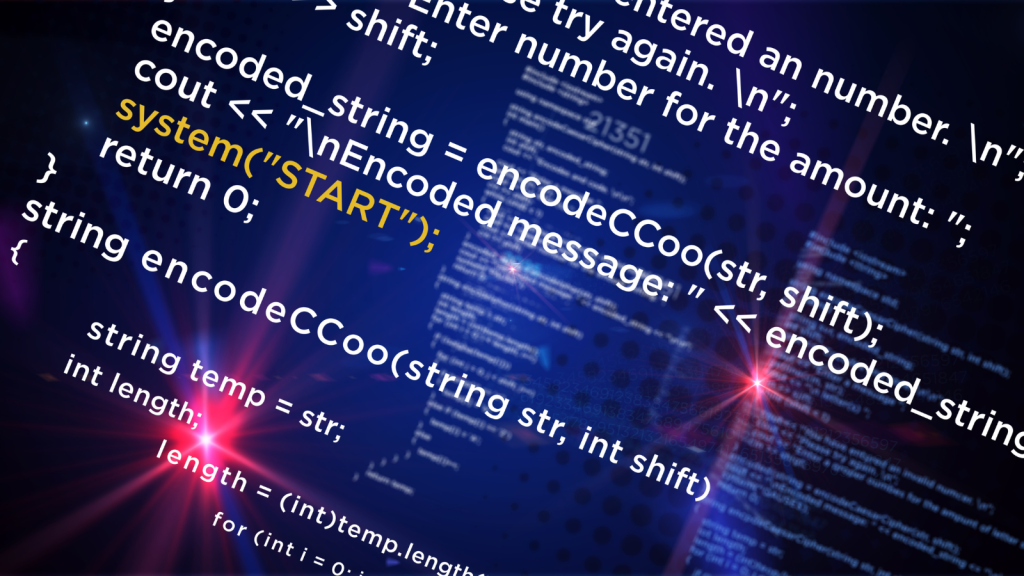
5. Applications of Natural Language Processing
Natural Language Processing has a wide range of applications across various industries. Some of the most common applications of NLP include:
Chatbots
Chatbots are computer programs designed to simulate human conversation. NLP is used to enable chatbots to understand and respond to natural language input from users. Chatbots are commonly used in customer service, where they can answer frequently asked questions and help customers with their queries.
Voice recognition systems
Voice recognition systems use NLP to convert spoken language into text. This technology is used in various applications, such as voice assistants, dictation software, and voice-controlled devices.
Text-to-speech technologies
Text-to-speech technologies use NLP to convert written text into spoken language. This technology is used in various applications, such as audiobooks, virtual assistants, and accessibility tools for people with visual impairments.
Sentiment Analysis
Sentiment Analysis is used to analyze the emotional tone of a text, such as whether it is positive, negative, or neutral. This technology is used in various applications, such as social media monitoring, customer feedback analysis, and market research.
6. Challenges of Natural Language Processing
Despite its many applications, NLP still faces several challenges. One of the biggest challenges is dealing with the complexity and ambiguity of human language. Human language is full of nuances, idioms, and cultural references that can be difficult for computers to understand. Another challenge is dealing with the vast amounts of unstructured data that are generated by natural language sources, such as social media and online reviews.
7. Future of Natural Language Processing
The future of Natural Language Processing looks very promising. As computing power and data storage continue to improve, we can expect to see more sophisticated NLP systems that can understand and generate human language with greater accuracy and nuance. NLP is already being used in various applications, such as healthcare, finance, and education, and we can expect to see even more innovative applications in the future.
8. Conclusion
In conclusion, Natural Language Processing is a rapidly growing field of study that deals with the interaction between human language and computers. NLP has numerous applications across various industries, including chatbots, voice recognition systems, and text-to-speech technologies. Despite its many applications, NLP still faces several challenges, such as dealing with the complexity and ambiguity of human language. However, with advances in computing power and data storage, we can expect to see even more sophisticated NLP systems in the future.
9. FAQs
- What is Natural Language Processing? Natural Language Processing is a field of study that deals with the interaction between human language and computers.
- What are some common applications of Natural Language Processing? Common applications of Natural Language Processing include chatbots, voice recognition systems, and text-to-speech technologies.
- What are some of the challenges facing Natural Language Processing? Some of the challenges facing Natural Language Processing include dealing with the complexity and ambiguity of human language, and processing vast amounts of unstructured data.
- How does Sentiment Analysis work? Sentiment Analysis is the process of analyzing the emotional tone of a text, such as whether it is positive, negative, or neutral. This is done using NLP techniques such as word frequency analysis and machine learning algorithms.
- What is the future of Natural Language Processing? The future of Natural Language Processing looks very promising, with advances in computing power and data storage enabling more sophisticated NLP systems that can understand and generate human language with greater accuracy and nuance.




